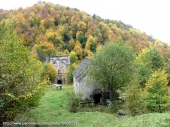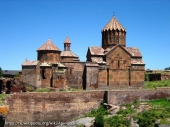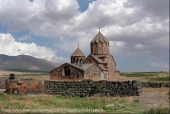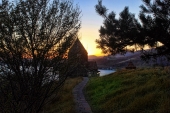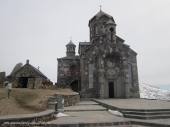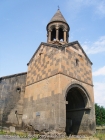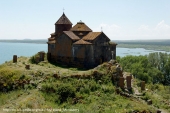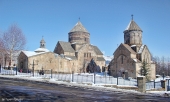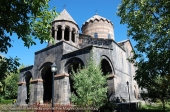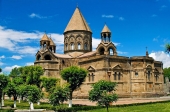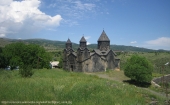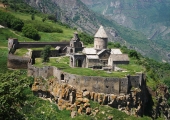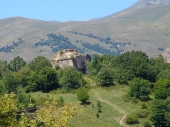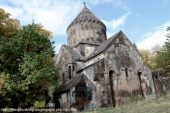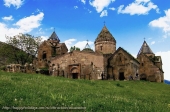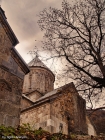


About Armenia
Armenia (Armenian: Հայաստան Hayastan), officially in English the Republic of Armenia, is a landlocked mountainous country in Eurasia between the Black Sea and the Caspian Sea in the Southern Caucasus. It borders Turkey to the west, Georgia to the north, Azerbaijan to the east, and Iran and the Nakhchivan exclave of Azerbaijan to the south. A transcontinental country at the juncture of Eastern Europe and Western Asia, Armenia has had and continues to have extensive sociopolitical and cultural connections with Europe. A former republic of the Soviet Union, Armenia is a unitary, multiparty, democratic nation-state with an ancient and historic cultural heritage. The Kingdom of Armenia was the first state to adopt Christianity as its religion in the early years of the 4th century (the traditional date is 301). The modern Republic of Armenia is constitutionally a secular state, although the Christian faith plays a major role in the history and identification of the Armenian people. Armenia is a beautiful country with a sophisticated people and a long and cultured history. Numerous monuments and masterpieces of the Ancient era and Middle Ages can be found throughout the country. Tourism in Armenia is rooted in the country's historical landmarks and natural attractions such as the water resorts of Lake Sevan,the hot springs of Arzni and Jermuk, the forests of Dilijan, Aghveran, Tsaghkadzor, Bjurakan and Gugark, and the mountainous natural caves and cliffs of the Southeast region. The 5165 meter Mount Ararat, geographically located in Turkey, is a national symbol of Armenia and is visible from much of the Southwest region.The majestic peaks of Mount Ararat provide a stunning backdrop to the capital city of Yerevan. The monastery of Khor-Virab and the ruins of the ancient city of Dvin (dating back to the second century BC) are located in the mid-distance Aerial view of Yerevan. Statue of Komitas, one of Armenia's most loved composers, can be seen outside the Komitas Conservatory. With a population numbering over 1.2 million, Yerevan is a bustling city---one of the oldest in the world. The earliest recorded settlement there dates back to 782 BC. King Argishty I founded a fortress city in the north-eastern part of present-day Yerevan, with the following cuneiform inscription, "With the majesty of God Khald, Argishty, son of Menua, built up this inaccessible castle and named it Erebuni..." The central plaza, Republic Square, is designed in the Armenian national style and houses the Government House, the Cabinet and other governmental offices. Also situated on Republic Square are the Armenian History Museum and the Art Gallery of Armenia. Here, one finds informative and interesting models and artifacts of ancient Urartu and Armenia.
HOPE News
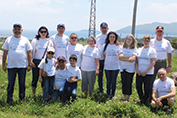
2018
Project
PAROS
Armenian - American Team

